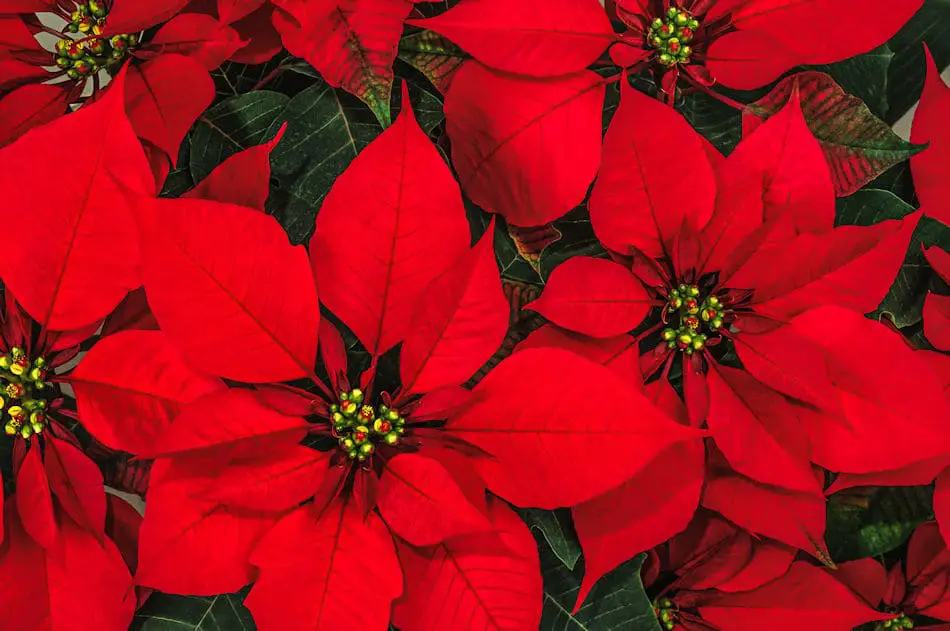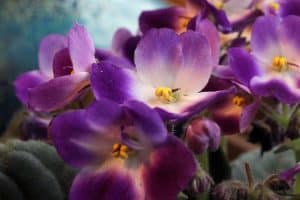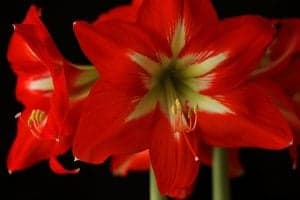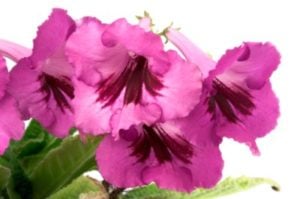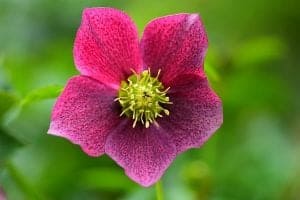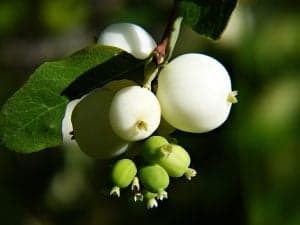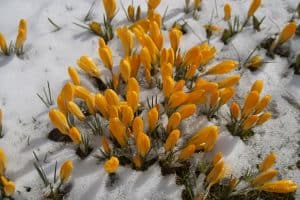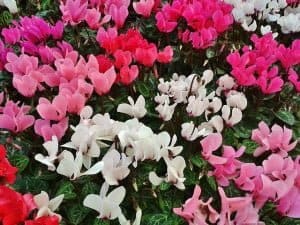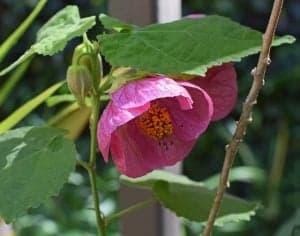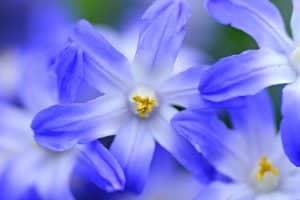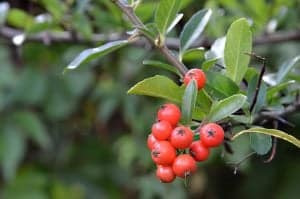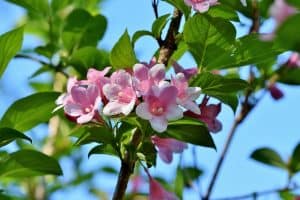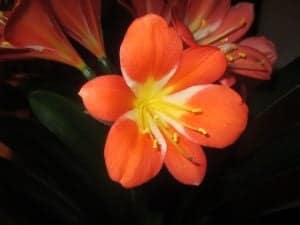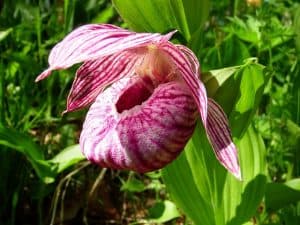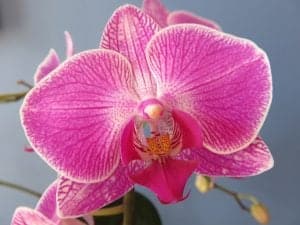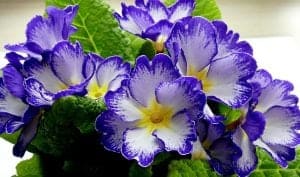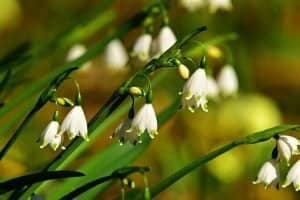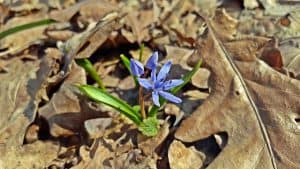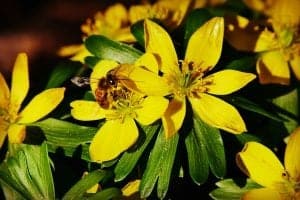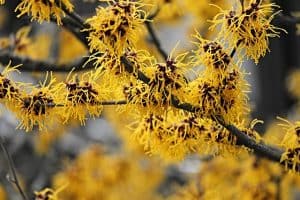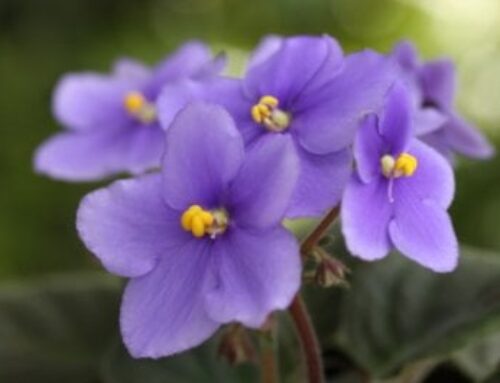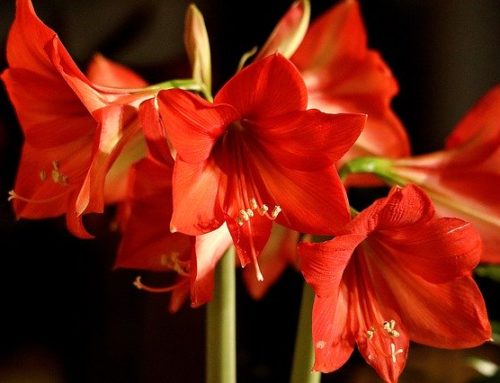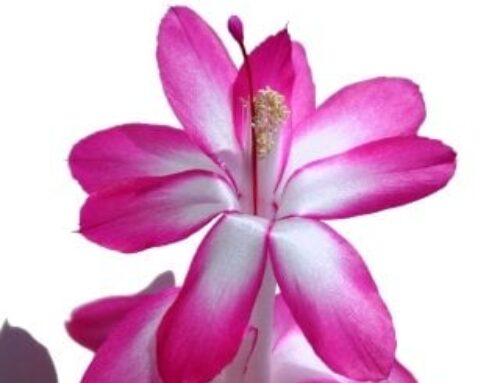Winter Flowers? Absolutely! When winter ushers in its colder temperatures, it can bring with it longer darkness, snow, Santa, and surprisingly, a fresh pop of color in your garden!
Although you might not be used to thinking of winter as a time to grow flowers, this can be a beautiful time to grow colorful plants, and keep up your spirits in the dark of winter. With winter favorites like pansies, poinsettias, and snowdrops, there is something to make every winter gardener happy.
In order to grow winter flowers, understand the zone in which you live. Once you find the appropriate plants for your region, plant in late September to October so they have a chance to grow hardy before the cold of the winter. Water thoroughly and cover them with mulch to protect them from a freeze.
Winter Flowers, Seriously
Planting winter flowers sounds outlandish to many gardeners, but you will be amazed at how they can beautify a dull, grey time of year. If this sounds like something that you have an interest in to embellish your own winter garden, read on for some helpful tips.
If you live in a more temperate climate, the good news is that some of the flowers you planted for the summer and fall will stick around during the winter. They often remain in bloom until the first really deep freeze. But in colder climates, gardeners need to change the game entirely if they want to see any colorful flowers outside their windows, as most of the summer plants will die away.
Best Time To Start Planting
To plant winter flowers, you will need to wait until the air cools down, especially if you live in a warmer climate. Depending on the zone that you live in, your temperature could stay hot for quite some time and if you plant the hardy winter flowers when it is too hot, they will likely die in the heat. Since they are meant to withstand cold temperatures, heat will really do them in.
When you plant your flowers in October, most plants appreciate the standard of being planted 12 inches apart. Because you will likely be spending less time outside in the winter months, plant flowers close to windows where you can enjoy them from the warmth of your house.
Caring for Flowers During the Winter
Winter flowers can be planted in borders or gardens close to the house, and you can also enjoy them in containers on a patio and even in window boxes. Water the flowers as you would any other, with one long soaking a week. When you are expecting a big frost, watering your flowers beforehand will keep them safer. Mulch will also help your winter flowers avoid the deep freeze of winter.
Because there is less overall light in the winter, it is even more important that you plant your flowers in the sun so that they have the best chance at growing.
Many gardeners discount winter altogether for flower beds, but there are many flowers and flowering plants that can beautify your garden in the winter months.
Some of the most beautiful choices include:
- Ilex (Holly)
- Cornus
- Winter Pansies
- Loropetalum (a cousin of witch hazel)
- Edgeworthia
- Camellia
As long as you take care to match the type of flowers to your hardiness zone, you can have vibrant colors and interesting plants to see you through the winter.
Below I answered some questions you might be asking yourself about winter flowers. Enjoy!
Can Flowers Bloom in the Winter?
The short answer is, yes! There are surprisingly many flowers that bloom in winter that can add color and intensity to your winter garden. As the mum is the all-star of fall gardens, the winter pansy is a heavy hitter for winter. They come in a wide variety of colors, and can even freeze and keep on growing.
If your region features a deep freeze, plant winter bloomers in pots to keep your garden lively. Along with winter pansies, the Lenten rose will give you a beautiful bloom along with deep green foliage.
If you would like something more delicate, snowdrops are tiny flowers with bell-shaped blooms, and they will push up through snow to announce their arrival.
What Flowers Can Survive in Winter?
There are more flowers that can survive the winter than you’d probably believe. For instance, Sarcococca will bring a beautiful fragrance to bear in your garden, and offer deep green foliage as a backdrop to its tall flowers.
Hellebores feature gorgeous variegated blooms and dense green leaves.
Coronilla’s bright yellow blooms will surely bring some hope and vibrancy to your winter.
And if you need something to climb, try winter flowering clematis, with its wide open white flowers and dark leaves that will entwine themselves on fences, mailboxes, and other structures.
What Flowers Can Not Survive Winter?
Although the list is surprisingly long of flowers that can survive harsh winters, there are some delicate flowers that cannot tolerate freezing.
Freesias, begonias, and dahlias are bulb flowers that are too delicate to withstand freezing temperatures. It also stands to reason that tropical plants will not withstand harsh temperatures since they are used to being in warm climates. Petunias, begonias, and other annuals will also not survive the winter.
How Do You Take Care of Winter Flowers?
Although there are definitely some plants that can make it through the winter, you need to care for them carefully and not leave them to fend for themselves.
If you put mulch down after you plant your winter flowers, it will help them to retain moisture and also help keep the frost away. Keep your eye on the weather and water your plants before a frost, as this will (paradoxically) help them to avoid being killed by frost.
When the weather’s going to be especially cold in your region, cover the plants overnight with burlap, plastic, blankets, or fabric row covers to protect them.
What Happens to Flowers in Winter?
With winter comes colder temperatures and more darkness, and typical annual flowers cannot survive that. Without sunlight and moisture to propel the processes of the plant, many plants die or go dormant in the winter months, with the moisture they still have acting like antifreeze.
Plants with waxy, broad leaves are more likely to survive, such as holly and magnolia. Other hardy plants can make it through winter with little sunlight or water, but for the most part the delicate bulbs and blooming flowers do not survive.
What is a Good Flower For Winter?
There are many good flowers for winter, and the choice really depends on where you live, as different flowers flourish best in different zones.
- Winter Jasmine
- Viola
- Camellias
- Cyclamen
- Winterberry
- English Primrose
These winter flowers are all colorful, lively choices. Choose one that appeals to you, and plant it close to a window so you can enjoy its beauty from the warmth of your house.
What is a Good Winter Wedding Flower?
Although many people might assume that choices for winter wedding flowers are limited, there really are some vibrant, colorful choices for bouquets and centerpieces.
The Amaryllis flower, with its large trumpet-shaped red, orange, and pink flowers would be a showstopper in a bridal bouquet. Another innovative winter choice are anemones, reminiscent of a poppy with black centers and white, purple or red.
Poinsettias are a popular choice for December weddings, with their bright red flowers and deep green foliage. The Star of Bethlehem is another winter flower, which is popular for its star shape and white flowers.
When Should I Plant Winter Flowers?
First, you need to understand the climate in which you live, because you don’t want to plant winter flowers too early when it is still too hot and they could wither. A good rule of thumb is to plant them in October so that they have time to stabilize before it gets too cold, but they will not wither in prolonged September heat. If you live in a colder zone, aim for the end of September, as winter will come sooner to you.
What Flowers Do You Cut Back For Winter?
There are some plants that do better when cut back before the winter winds come, and some that need their foliage to survive the winter at all. These flowers all need to wait for spring to be cut back.
- Hostas
- Asters
- Russian Sage
- Lavender
In general, woodsy plants should be cut back after the winter ends, not before.
On the other hand, cut back plants like
- Salvia
- Yarrow
- Day Lilies
- Columbine
- Peonies
Cutting these plants back gives them the best shot at coming back healthy in the spring.
Which Flower Symbolizes Winter?
There are several flowers that can symbolize winter, and that are associated with this time of year.
Poinsettias are a go-to flower to decorate homes, churches, and other public places when the winter winds start blowing.
Holly and mistletoe are also popular symbols of winter, as their hardy make-up allows them to grow throughout the cold months. Holly symbolizes protection and good luck, and also domestic happiness. Mistletoe symbolizes peace and happiness, and catching someone under the mistletoe to kiss them is certainly a happy moment!
Finishing Up
If you, like most people, have your spring and summer gardening down pat, it’s time to branch out and see what planting in the winter can do for your garden and your mood. From delicate snowbells to playful pansies, and everything in between, winter is a time to think about gardening in a new way.

